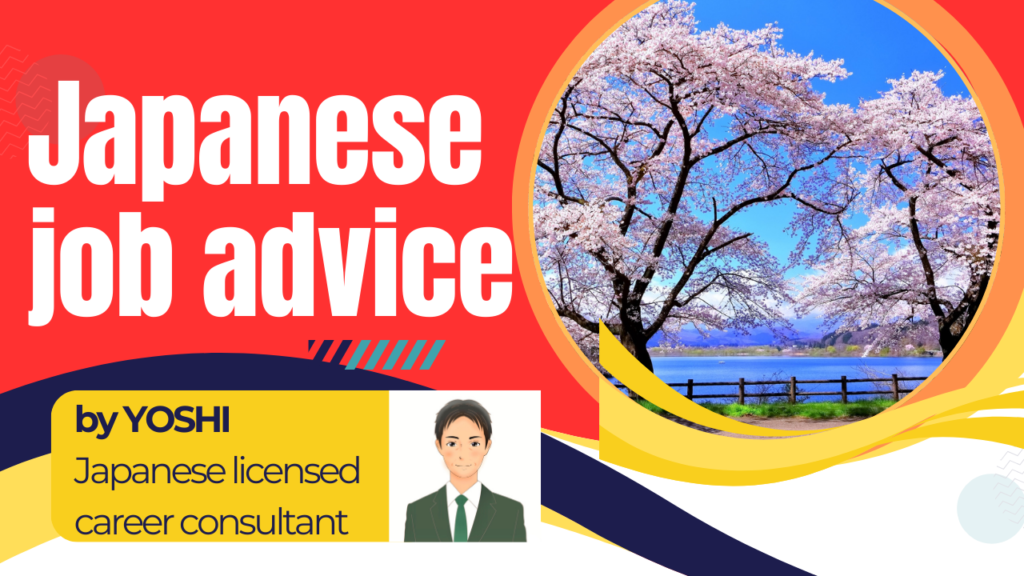How to Join a Local Japanese Festival as a Visitor

How to Join a Local Japanese Festival as a Visitor
Experiencing a local Japanese festival, or matsuri, is one of the best ways to immerse yourself in Japan's culture. However, for foreigners, participating in a Japanese festival for the first time can be nerve-wracking, as they may not know the customs. From vibrant parades and traditional music to delicious street food and lively games, these events offer something for everyone. Here’s a guide to help you join and enjoy a local Japanese festival as a visitor.
Step 1: Research Festivals in Advance
Japan hosts countless festivals throughout the year, many tied to specific seasons or regional traditions. Some of the most famous include:
- Gion Matsuri (Kyoto) – July
- Nebuta Matsuri (Aomori) – August
- Yuki Matsuri (Sapporo Snow Festival) – February
If you’re looking for smaller, less crowded festivals, check the tourism websites of smaller cities or towns. Use search terms like “local festivals in [city name]” or ask at your hotel for recommendations.
Japanese festivals are usually held at set times, but occasionally, they may be rescheduled due to weather or other major events, so be sure to check online thoroughly in advance.
Step 2: Check the Festival Schedule and Location
Once you’ve found a festival, check:
- Date and time: Many festivals are seasonal or last only a few days.
- Venue: Some take place in central locations, like shrines or parks, while others might require travel to rural areas.
- Admission: Most festivals are free to enter, but certain activities, like food stalls or games, may require cash.
Pro tip: Use public transportation to get to the festival, as parking can be limited, and streets may be closed for parades.
Step 3: Dress for the Occasion
While casual clothes are perfectly fine, wearing a yukata (summer kimono) can enhance the experience and help you feel part of the festivities. You can rent yukata at many shops, especially in tourist-friendly cities like Kyoto or Kanazawa. Comfortable shoes are also essential, as you’ll likely be walking or standing for extended periods.
On the other hand, it’s absolutely fine to join without wearing traditional Japanese attire like a yukata. Even for Japanese people, wearing a yukata or kimono can be a hassle, so from my perspective, over 90% of attendees participate in regular clothing.
Step 4: Follow Local Customs
Festivals often revolve around shrines or temples, so be respectful of local customs.
- At shrines: If the festival involves rituals, observe quietly or follow the lead of locals.
- Photography: While taking photos is generally allowed, avoid capturing people without permission, especially children.
- Trash disposal: Japan has a strong culture of keeping public spaces clean. Look for designated trash bins or take your trash with you.
In addition, the one thing I want you to know most is the importance of lining up properly when purchasing tickets or items from festival stalls. Japanese people value orderly queuing, and cutting in line from the side can greatly irritate them. I’ve seen people try to cut in line, but from the perspective of Japanese people, who take pride in their culture of queuing, this can lead to trouble. So please be mindful and avoid such behavior.
Step 5: Participate in Activities
Many festivals have interactive elements that welcome visitors:
- Join a parade: Some festivals allow visitors to carry mikoshi (portable shrines) or join dances. Check with organizers in advance.
- Play games: Test your skills at traditional festival games like goldfish scooping(Kingyo-Sukui) or ring toss(Wanage).
- Try festival food: Don’t miss out on festival staples like takoyaki (octopus balls), yakisoba (fried noodles), or kakigori (shaved ice).
Enjoy the festival to the fullest! If you don’t understand the rules of a game or activity, don’t hesitate to ask. While some Japanese people may not be comfortable speaking English, they will likely be delighted that you’re interested in learning about the festival.
Step 6: Engage with Locals
Festivals are lively and communal, making them a perfect opportunity to interact with locals. Even if you don’t speak Japanese fluently, a simple greeting like “こんにちは (Konnichiwa)” or “ありがとうございます (Arigatou gozaimasu)” can go a long way. Many locals are happy to explain the traditions or recommend food stalls.
Step 7: Capture the Memories
Bring a camera or smartphone to document your experience. Early evenings are ideal for photos, as the warm glow of lanterns creates a magical atmosphere. Just remember to stay mindful of the crowd and avoid blocking pathways.
Please be mindful that there may be areas where photography is prohibited.
Step 8: Be Prepared for the Crowd
Festivals can get crowded, especially popular ones. Arrive early to secure a good spot for viewing parades or performances. Keep an eye on your belongings, as moving through large crowds can make it easy to lose track of items.
Top Tips for Enjoying a Festival
- Bring cash: Food stalls and game vendors rarely accept credit cards.
- Stay hydrated: Many festivals occur in summer, so carry water to stay cool.
- Be flexible: Timings can vary, and unexpected surprises, like street performances, often pop up.
Especially, don’t forget to bring cash. While electronic payments are common in many countries outside Japan, rural Japanese festivals still rely heavily on cash. Without cash, you won’t be able to make purchases, so please be aware of this. Make sure to exchange your money for small bills before attending the festival.
Final Thoughts
Participating in a local Japanese festival as a visitor is a truly unforgettable experience. It’s not just about the sights and sounds but also about connecting with the culture and community. With the right preparation and an open mind, you’ll leave with cherished memories and maybe even a newfound appreciation for Japan’s vibrant traditions.
So, why not add a local matsuri to your travel itinerary and experience the magic for yourself?
Writer and Editor: Lio, Japanese career consultant

Lio is a nationally licensed career consultant in Japan. He holds the Level 1 SEO Certification and is a certified web analyst. Born in Japan, he has lived in four countries, gaining an understanding of various cultures while being well-versed in Japan's unique work culture and language. With 25 years of experience in HR at both Japanese and multinational companies, he leverages his expertise to support individuals seeking to work in Japan




